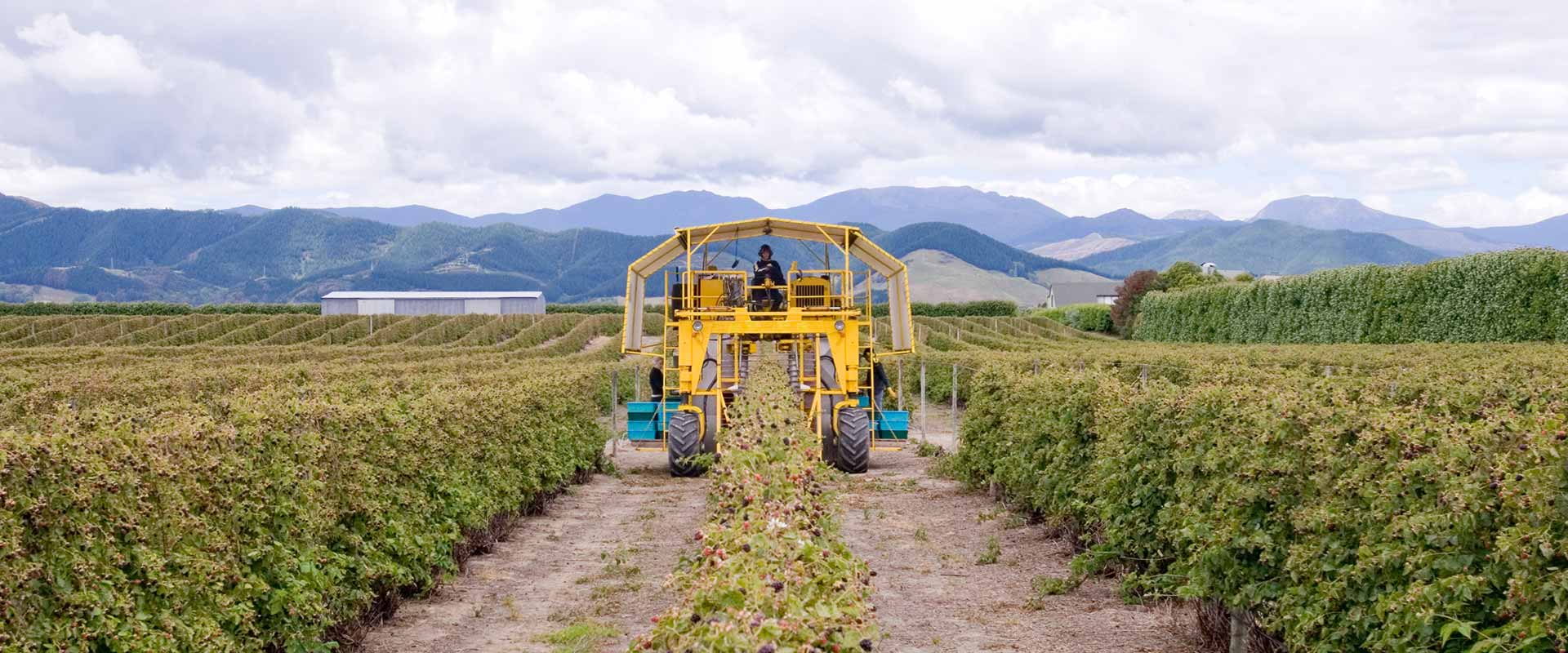August 30, 2024
Delineating the interaction of Escherichia species with freshwater pathogens and land-use
March 2024
A project to add value to Ministry for the Environment’s Freshwater Pathogen QMRA study found that low numbers of E. coli phylotype B1 and a more diverse distribution of phylotypes were associated with recent faecal contaminations.
- Eight differnent phylotypes were identified; B1 was the most abundant (48.0%), followed by B2 (14.9%) and A (14.8%), and the ‘crypic’ Escherichia clades were rare (0.7%).
- Phylotypes A and B1 were overrepresented in dairy and urban sites which had the highest levels of overall E. coli contamination. In contrast, B2 were overrepresented in low impact sites which had the lowest E. coli contamination levels.
- E. coli contamination was also positively associated with increased the bacterial pathogens Salmonella and Campylobacter, but there was no interaction between E. coli and contamination by protozoa, Cryptosporidium or Giardia.
- Water samples from dairy land-use sites had a higher prevalence of Campylobacter, bacterial pathogens and protozoan pathogens.
- A higher prevalence of Salmonella was noted in water samples from avian and urban land-use sites.
Pathogens were still detected in some water samples from low impact sites with a low E. coli concentration where human, ruminant and avian faecal sources were absent.
This study demonstrated that the prevalence of some phylotypes was clearly associated with land-use.
106 KB | Adobe Acrobat PDF File
 View Our Strategy Document 2019 – 2024
View Our Strategy Document 2019 – 2024



